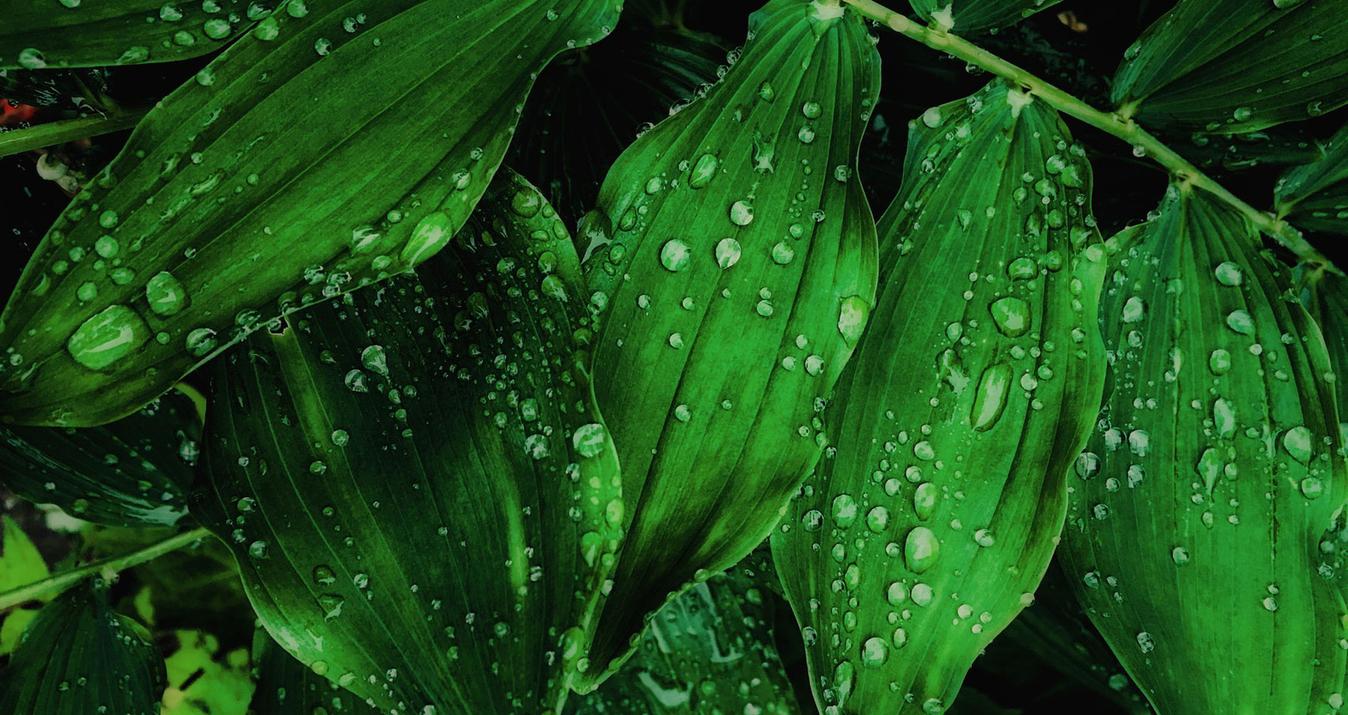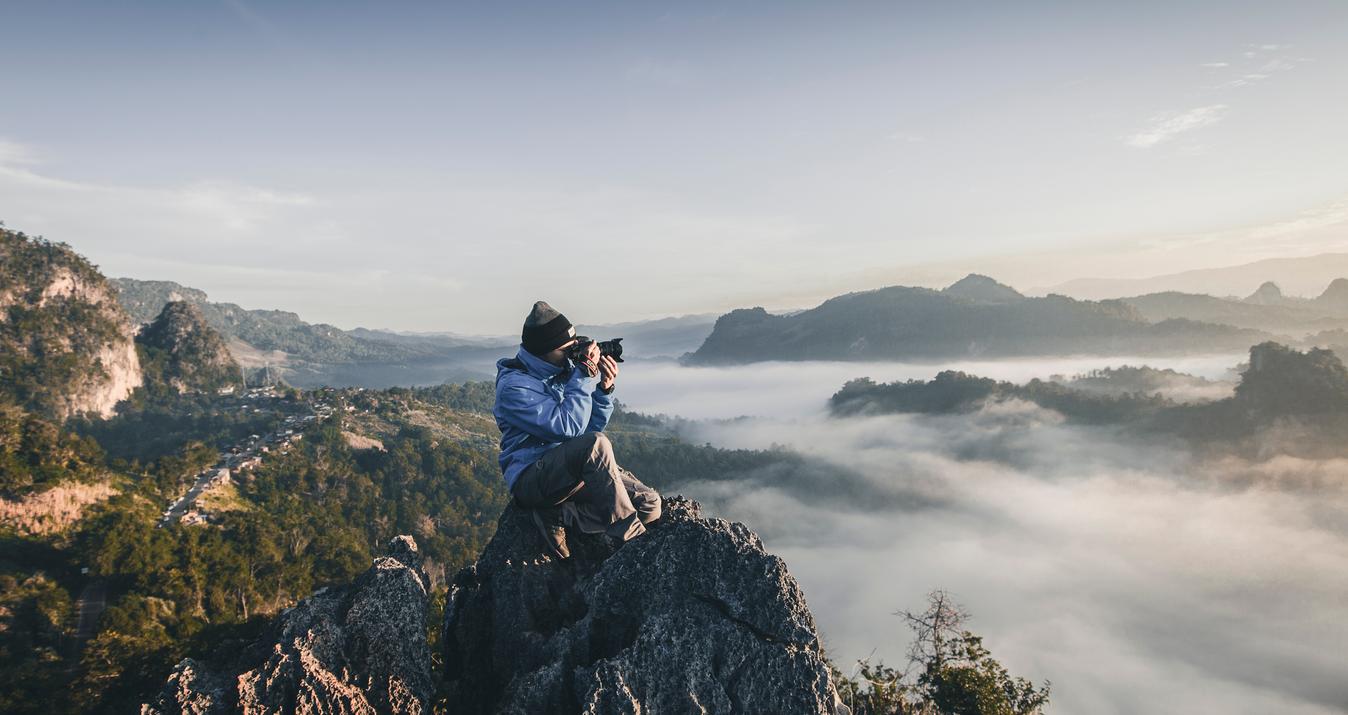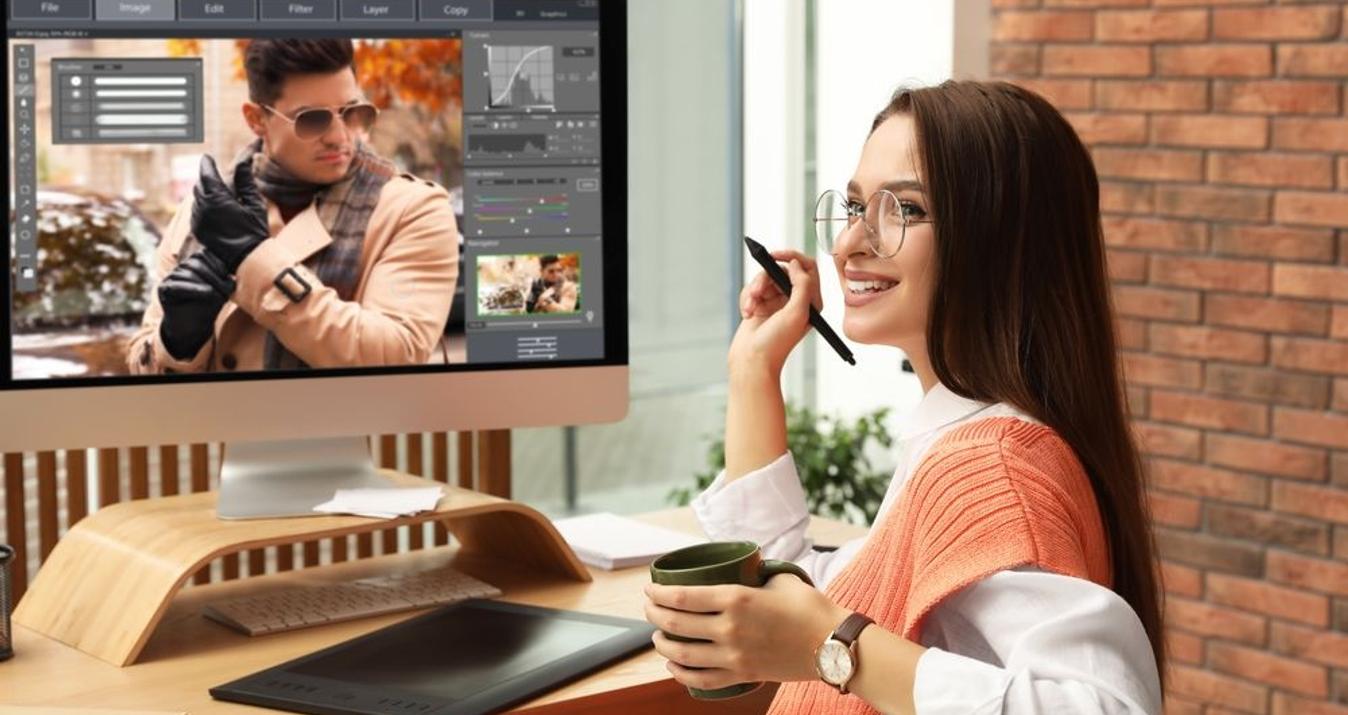Take steps below to discover new fantastic ways of editing and enhancing your photos with Lightroom.
High Dynamic Range (HDR) photography refers to the merging (into a single photo) of different photo-shoots (of a particular scene or location) taken under different light intensities. The practice which has been around for some time has been incorporated into Lightroom’s photo-editing workspace.
In this Lightroom HDR Tutorial, you’d be learning easy and practical ways of achieving breathtaking real-life photo-results using this amazing HDR technology in LR.
Besides its competence, speed is one of LR’s significant competitive advantages. You can reach quick natural HDR effects in moments, without necessary taking so much of your time. A feature that’s made LR a super time-saver. Quite some professionals have turned Lightroom’s HDR tool into a vital part of their workload.
The First Step: Take Photos
As a rule of thumb, always ensure that your images have very distinct light exposures of varied intensities. Taking the shots at “-2 - 0 - +2 EV” exposure brackets should get you started. Some cameras are great with auto-bracketing, which is equally excellent.
It’s great if you’ve got the images in RAW format! Lightroom loves RAW files since it supports more editing options than the traditional Jpeg file extension.
Ensure all original images can be assessed by Lightroom in the course of the photo merging. From with Lightroom’s workspace, select all pictures to be merged, then right-click for options. From the list of option, select “Photo Merge”, then “HDR”.
Step 2: Photo Merge in Lightroom
If you’ve followed correctly so far, LR should have begun processing the images already or probably finished doing so, and displayed a new window with some similar HDR-related options.
One of the attractive features of Lightroom especially when doing your HDR photo merging is that it only presents you with the relevant tools or options that’d help you arrive at your destination promptly.
By streamlining the options, Lightroom helps you keep focus. This could, however, be a disadvantage when compared to the tremendous flexibility, options and presets an app like Aurora HDR offers.
Step 3: “Auto Align” option
Just for the records, this HDR Lightroom tutorial is focused on manual hand-held exposure bracket images which are why we’d need to use the ‘Auto Align’ to help straighten things out a little bit. The “Auto Align” tool primarily contributes to sync-up frames of the constituent images.
Step 4: Engage the “Auto Tone”
LR’s Auto Tone option is controversial but optional. The option gives a fake HDR effect which is characteristic of several of the images we have around. I’d personally recommend that you first get your HDR successfully done, before going on to do a separate editing for a more realistic enhancement in another app entirely. I recommend Macphun’s Aurora
Step 5: De-ghosting routine
Merging several images together logically results in the varied positions of moving an object within the HDR image. Removing these transiting blurry movements or image-effects found within the HDR is known as “Deghosting.”
By using this tool, we are taking charge of the amount of change we want to hide using LR’s deghosting algorithm. What this does is just replacing the pixels from the blurry, transiting images with those from the metered model. Selecting the “SHOW DEGHOST OVERLAY” helps a great deal to visualize the affected pixels and regions.
Comprising of “None”, “Low”, “Medium” and “High”, LR has four “Deghosting” settings with varying effects. The “None” implies that no deghosting effect is applied. While the three others depend on the various degrees of deghosting required by your image.
In essence, “Low” doesn’t detect many moving pixels and its effect is similar to that of “None.” “High,” although having its benefits, can sometimes be overbearing as it takes over some static image-pixels like grasses or trees.
We, however, need to bear in mind that these replaced pixels in the LR workspace aren’t beneficiaries of the HDR processes since they are from the base exposure image(s). The Medium deghosting setting is most recommended as it is more shutter and burst-speed compliant.
The Last Step: Merging
Having painstakingly gone through the ritual of zooming in and out to ensure that all object edges and parameters look satisfactory, hit the “Merge” button. The “Merge” finalizes the entire process with a resultant HDR image file having “-HDR” attached to its name.
Final touches
Giving your HDR image a final touch shows a significant amount of excellence and professionalism.
- You could add a little contrast to your HDR image. Contrast helps to define the constituent objects in your image and enhances its ‘Saturation’ value and effect.
- Clarity defines edges of image objects like trees, people, houses, etc. The Vibrance tool impartially balances the overall saturation of your image.
- If you’re an advanced user, you could use the “White Balance” option at your discretion.
- Applying the additional effects described in this section would result in a far more consistent image quality than what’s obtainable when you use the “Auto Tone” tool. You could even go a step further by doing some gradient and brushing editing.
Some LR Pitfalls
Adobe Lightroom is no doubt a fantastic app. There are however particular difficulties you’re likely going to encounter using LR.
When deghosting complex images that have lots of moving objects or persons, complications do sometimes occur, especially when you use the recommended “Medium” setting in which case, relevant details are not detected by the LR Medium-setting de-ghosting algorithm.
Using the “High” de-ghosting tool, more often than not, takes over too many pixels which tend to defeat the fundamental need for HDR in the first place.
Another is the abnormal creation of saturated edges around objects within your merged HDR photo. Then are the Islands and shadow sides.
Blur is another image defect that forms when de-ghosting certain HDR image-types.
Using Aurora HDR to Overcome LR Pitfalls
Aurora HDR is the answer. Created by an active contributory effort of one of the world’s renowned HDR photographer, Trey Ratcliff, Aurora HDR is feature-rich. It possesses the latest revolutionary tone-mapping technology and advanced real-time image processing, with free trial option available
You'll find over 70+ HDR presets for all image types, adjusters of clarity, structure and detail controls, among several others. Most of these preset settings are equipped with slider options for more flexible HDR control.
Besides being a highly competent HDR app, one of the exciting features of Aurora, as it relates to Lightroom, is its LR-plugin compatibility which means you don’t need to bother yourself over LR pitfalls since you can easily perfect your images from within your LR workspace. Aurora also does great within Photos, Aperture, Photoshop or Photoshop Elements HDR plugin.
A Special Perk for Our Blog Readers
Get a 10% discount on Luminar Neo and dive into professional photo editing today!
Thank you for subscribing.
Your gift is waiting in your inbox!











